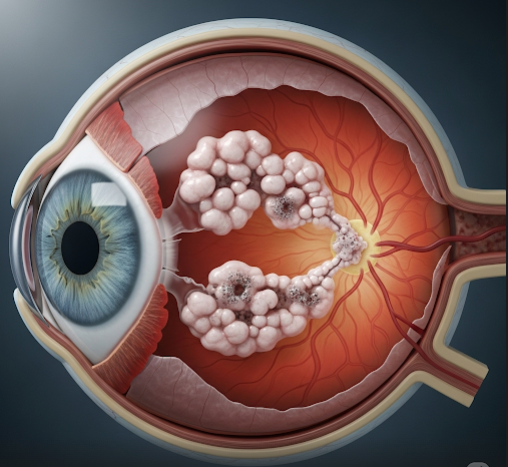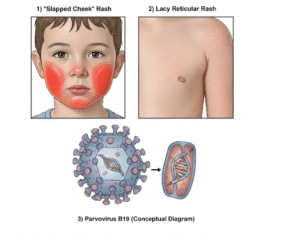Overview
Retinoblastoma is a rare but serious eye cancer that originates in the retina, most commonly affecting young children. Early detection and treatment are crucial to save the child’s vision and life. Korea offers advanced diagnostic methods and multidisciplinary treatment approaches, ensuring high survival rates and optimal outcomes for affected children.
What is Retinoblastoma?
Retinoblastoma is a malignant tumor arising from immature retinal cells. It usually occurs in children under the age of five and can affect one or both eyes. The disease may be hereditary or sporadic, and early intervention is vital to prevent tumor growth, spread, and vision loss.
Symptoms
- White or yellowish reflection in the pupil (leukocoria), especially in photographs
- Crossed eyes (strabismus)
- Poor vision or vision loss
- Eye redness or swelling
- Eye pain or discomfort in advanced cases
Causes
- Genetic mutations in the RB1 gene causing uncontrolled retinal cell growth
- Inherited (familial) or spontaneous (non-hereditary) mutations
Risk Factors
- Family history of retinoblastoma
- Genetic predisposition due to RB1 gene mutations
- Age below 5 years (most common in infants and toddlers)
Complications
- Spread of cancer to other parts of the eye and body if untreated
- Vision loss or blindness in the affected eye
- Secondary cancers later in life, especially in hereditary cases
- Psychological impact on the child and family
Prevention
- Genetic counseling and screening for families with history of retinoblastoma
- Early eye examinations for children at risk
- Prompt medical attention if symptoms such as leukocoria or strabismus appear
Treatment Options in Korea
Korea provides comprehensive, state-of-the-art treatment for retinoblastoma, focusing on tumor control, vision preservation, and minimizing side effects:
- Early Diagnosis: Advanced imaging techniques such as ultrasound, MRI, and fundus photography for precise tumor assessment.
- Chemotherapy: Systemic or intra-arterial chemotherapy to shrink tumors.
- Laser Therapy and Cryotherapy: Targeted treatments to destroy small tumors.
- Radiation Therapy: Used in selected cases to control tumor growth.
- Surgical Options: Enucleation (removal of the affected eye) when vision cannot be preserved or to prevent cancer spread.
- Multidisciplinary Care: Coordination among pediatric oncologists, ophthalmologists, and genetic counselors to provide holistic care.
- Follow-Up and Rehabilitation: Long-term monitoring for recurrence and support for vision and developmental needs.













